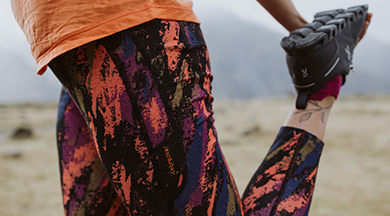How many layers for skiing
20 July 2023
The answer to ‘how many layers should you wear skiing?’ depends on the climate, your activity level and the conditions, but as a general rule it’s recommended to wear four layers when out on the slopes: underwear, a base layer, mid layer and an outer layer.
Incorporating three merino wool layers underneath your ski jacket is considered the ‘sweet spot’ when it comes to layering for skiing and snowboarding, as this soft, lightweight fabric successfully balances thermoregulation, breathability and moisture management. By combining comfort with the ability to adapt to - and help regulate - your body temperature, to stop you getting too hot or too cold, merino wool can support you in achieving your peak performance.
In this article we’ll look at how many layers for skiing are ideal, as well as how many layers under ski pants you should wear, and how layering for snow sports will help keep you warm, dry and comfortable in all conditions.
Choosing a base layer
The base layer is the next level of clothing above your underwear. It traps air close to the skin, which helps to keep you warm in cold temperatures.
When it comes to choosing a base layer for wintry conditions, it’s vital that it’s well-fitting, breathable, and - above all - comfortable. Fortunately, icebreaker’s range of essential merino wool base layers offers next-to-skin comfort for a wide range of motion.
The naturally breathable merino fibres help to manage moisture by absorbing sweat and releasing it back into the air to keep you dry. As a naturally odour resistant fabric, not only does merino help to regulate your body temperature but it prevents odours from building up as you exercise.
Adding a mid-layer
Mid layers include fleece jackets and sweaters that can be combined and adapted in response to the conditions. Adding and removing thin layers is more versatile than relying on a single thick coat.
Choosing a mid layer made from merino wool offers effective insulation but without the bulk that traditional wool or other synthetic fleeces and jumpers can have. They help to trap your body heat whilst being lightweight enough to stow away for when you need them next.
icebreaker’s range of lightweight, packable mid layers are breathable, soft against the skin and help to keep you warm in colder conditions and help cool you off as the climate (or your activity level) heats up. From lightweight warmth for outdoor pursuits, to active insulation and everyday style, choose from:
- Full zip hoodies
icebreaker’s Quantum range is 100% merino, slim-fit and ultra lightweight, plus easy to get on and off if you need to adapt your layers mid-run.
- Fleeces
Available in a variety of colours and thicknesses, icebreaker’s RealFleece™ is made from brushed merino wool that regulates body temperature without adding weight.
- Hybrid zip layers
260 Quantum Hybrid combines the comfort of a sweater with the practicality of a light jacket.
- Technical mid layers
1360 MerinoLoft™ lightweight insulated jackets can be layered under a waterproof shell, or even worn on their own.
- Jumpers and pullovers
Try icebreaker’s classic Central range which blends organically grown cotton fibres with 100% natural merino wool.
- Half zip hoodies
Original offers versatile mid layer warmth for snow sports through to winter casual wear.
- Gilets
icebreaker’s mid layer vests feature MerinoLoft™ insulation, adding warmer insulation on the body where you need it most.
Choosing your outer layer
Outer layers are jackets and coats, which are essential for snowsports. A high-quality ski jacket will be water repellent and windproof, protecting you from the elements. Ideally, these should be breathable too, which is one of the many benefits of merino wool. Choose effective insulation that doesn’t cause the jacket to become too bulky, and look for adjustable hoods and cuffs, plus sealed seams, which are must-haves to ensure a great fit whilst keeping snow, ice and freezing winds out.
If you’re wondering how many layers should you wear skiing, to fit underneath your jacket, it’s recommended to layer at least two or three, so be sure to consider this when selecting your size. Choosing lightweight fabrics, such as merino, won’t add unwanted bulk but will offer much-needed warmth and moisture management, and can simply be removed if needed.
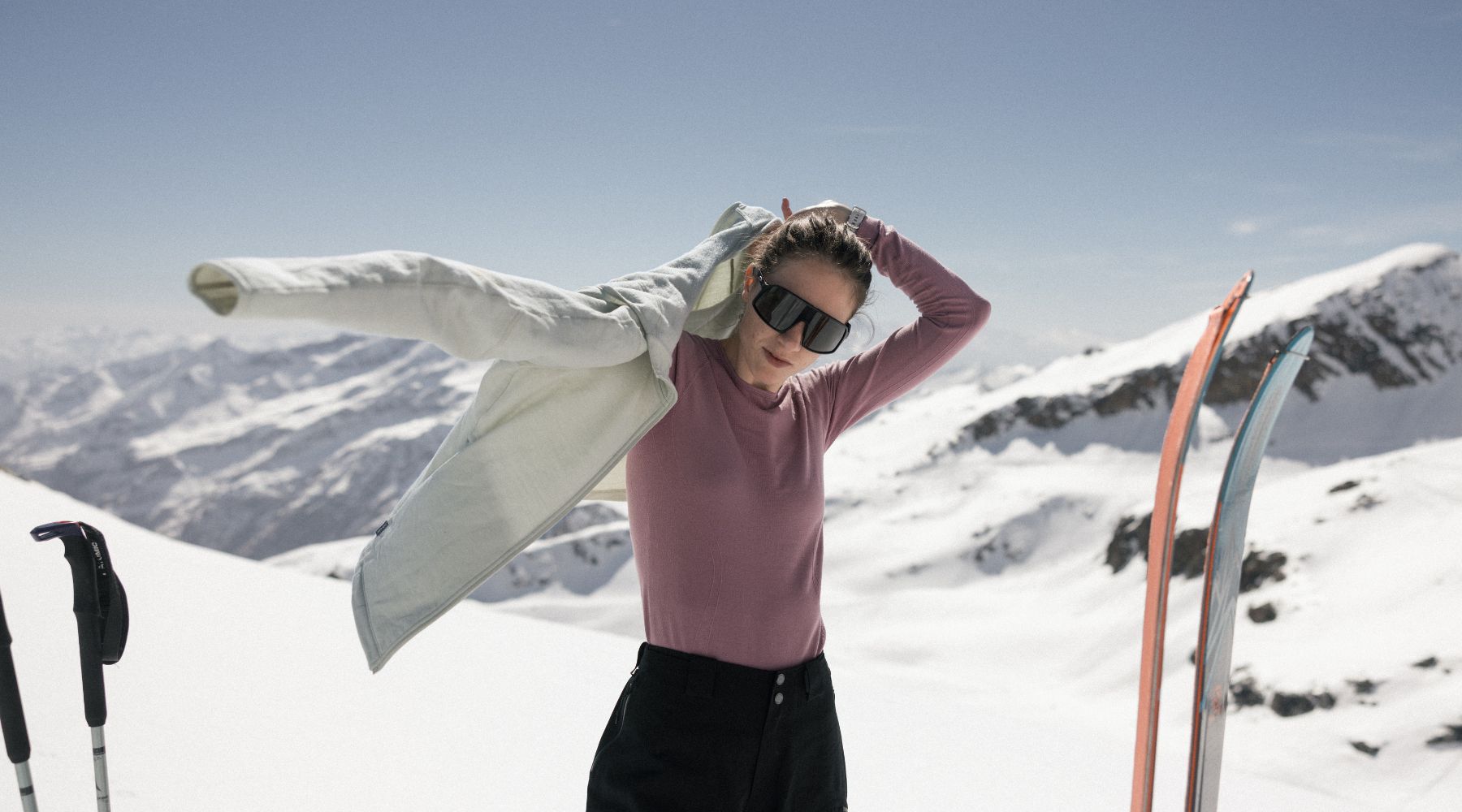
Adjusting layers for different conditions
In reality, the answer to how many layers for skiing will depend on the climate, the sport you’re taking part in, and your activity level. It’s widely known that effective layering is the answer to combating winter weather, and the great thing about combining different layers means that you can adjust them to match the conditions.
Incorporating additional layers, such as leggings and thermal trousers for very cold days, can help you to feel comfortable and warm in more extreme weather. How many layers under ski pants will also depend on the weather and what you’re doing, but most people prefer two thermal layers underneath their outer layer to keep out the cold and wet.
Adding and removing extra layers, such as lightweight vests and stowable jackets under your outer layer, can be really useful if the weather changes or your exertion levels go down. The ability to take away or quickly add breathable, bulk-free layers is particularly useful for springtime when the conditions can be changeable.
Don’t forget the accessories, too. icebreaker’s merino wool socks, gloves, hats and neckwear will all help to keep you warm in cold climates, with the famous breathability and thermoregulation properties which helps to regulate your body temperature even in fluctuating temperatures. Merino wool beanies and headbands can also add additional warmth under your ski helmet and eyewear, without compromising on safety and visibility.
Why is merino wool good for snowsports
Merino wool's natural temperature regulation, breathability, odour resistance and lightweight construction make it perfectly suited for all your winter activities, both on and off piste. Other benefits of merino wool are that it’s super soft, won’t itch your skin and stays warm even when wet, making it ideal for skiing and snowboarding.
What’s more, merino is as suitable for cold climates as it is for hotter climes. By managing moisture, and keeping you warm in the winter and cool in the summer, it’s perfectly suited to sunnier days out on the slopes or when the seasons start to turn.
Final tips for layering success
By starting with the four-layer system, you’re on the slope to success, as you’ll achieve the insulative yet comfortable combination that will help to support your performance. Experimenting with different layers, styles and finding what works for your unique exertion level in the predicted weather will help you find the ideal layering combo for you. We recommend:
- Choosing high quality fabrics which offer breathability and comfort.
- Testing your layering system before reaching the run.
- Opting for easy-to-remove layers that can be adjusted on the piste.
- Selecting separates that are well fitting to maximise the benefits.
- Remember that high quality base layers and mid-layers matter as much as the outer shell.
Merino wool makes your perfect winter performance-wear partner, as the soft natural fibres work hard to keep you feeling warm, cosy and dry. And if things heat up, the lightweight layers can simply be removed, or added again if the chill starts to set in again. Browse our range, explore new layers and get ready for your next skiing trip today..
Ski layers: FAQs
What layers do you wear when skiing?
The ideal number of layers for skiing is a four-layer system: underwear, a base layer, mid layer and an outer layer. Your base layer will be the first layer over your underwear, such as long sleeve thermal tops, followed by mid layers which sit underneath your ski jacket, such as fleeces, hoodies and sweaters. You can add or remove layers as the conditions change.
What are the best ski layers?
The best ski layers are lightweight, insulating and comfortable. They should ideally be breathable and have the ability to manage moisture to keep you warm and dry. Merino wool is a great layering fabric for skiing, as it thermoregulates to adapt to your body temperature and the weather conditions, stays warm when wet, and won’t add unnecessary bulk.
How many layers is good for skiing?
The answer to how many layers for skiing is usually four to begin with. You can then add and remove layers if the weather, your activity, or the conditions change. Opt for breathable fabrics which are lightweight and comfy against your skin, such as merino wool vests, fleeces and thermal socks, to manage moisture to keep you warm and dry.
How many base layers do I need for a week skiing?
Based on three layers daily to wear underneath your ski jacket, you’ll need several options which you can add and remove if needed. One of the many benefits of merino wool is that it is naturally odour resistant and breathable, so you can potentially wear some items several times. How many layers under ski pants to pack will depend on the conditions and your own exertion level.
More for you
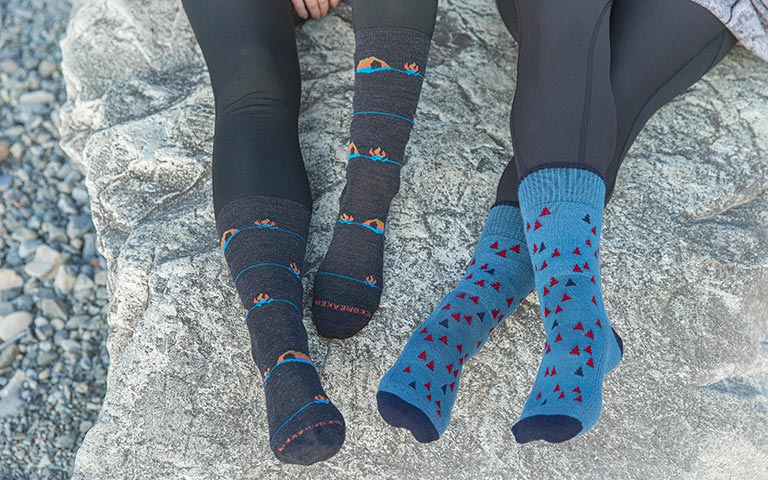
Merino socks for hiking | icebreaker
26 August 2020 | Marie Knowles
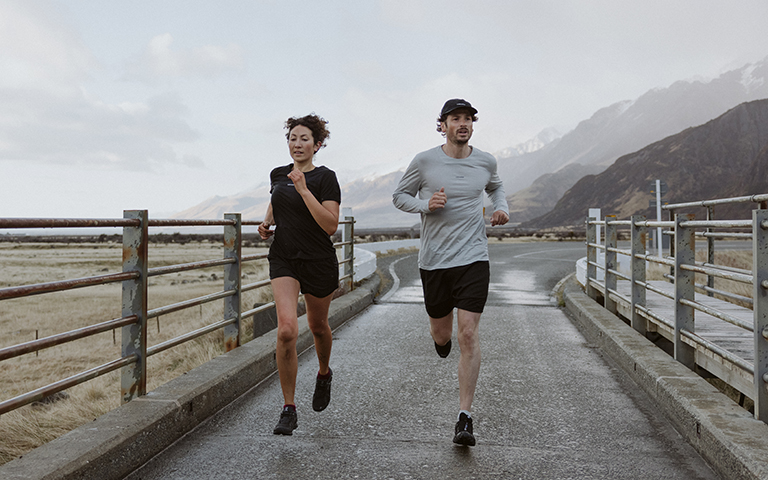
The Tech Behind ZoneKnit™ | icebreaker
16 September | Jamie Patterson
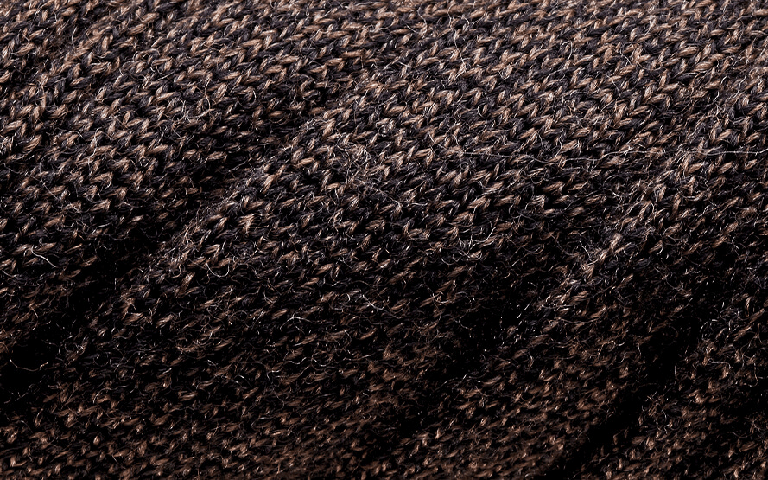
Washing Merino Wool Clothes | Does Merino Shrink?
28 September 2020 | Marie Knowles
More for you
